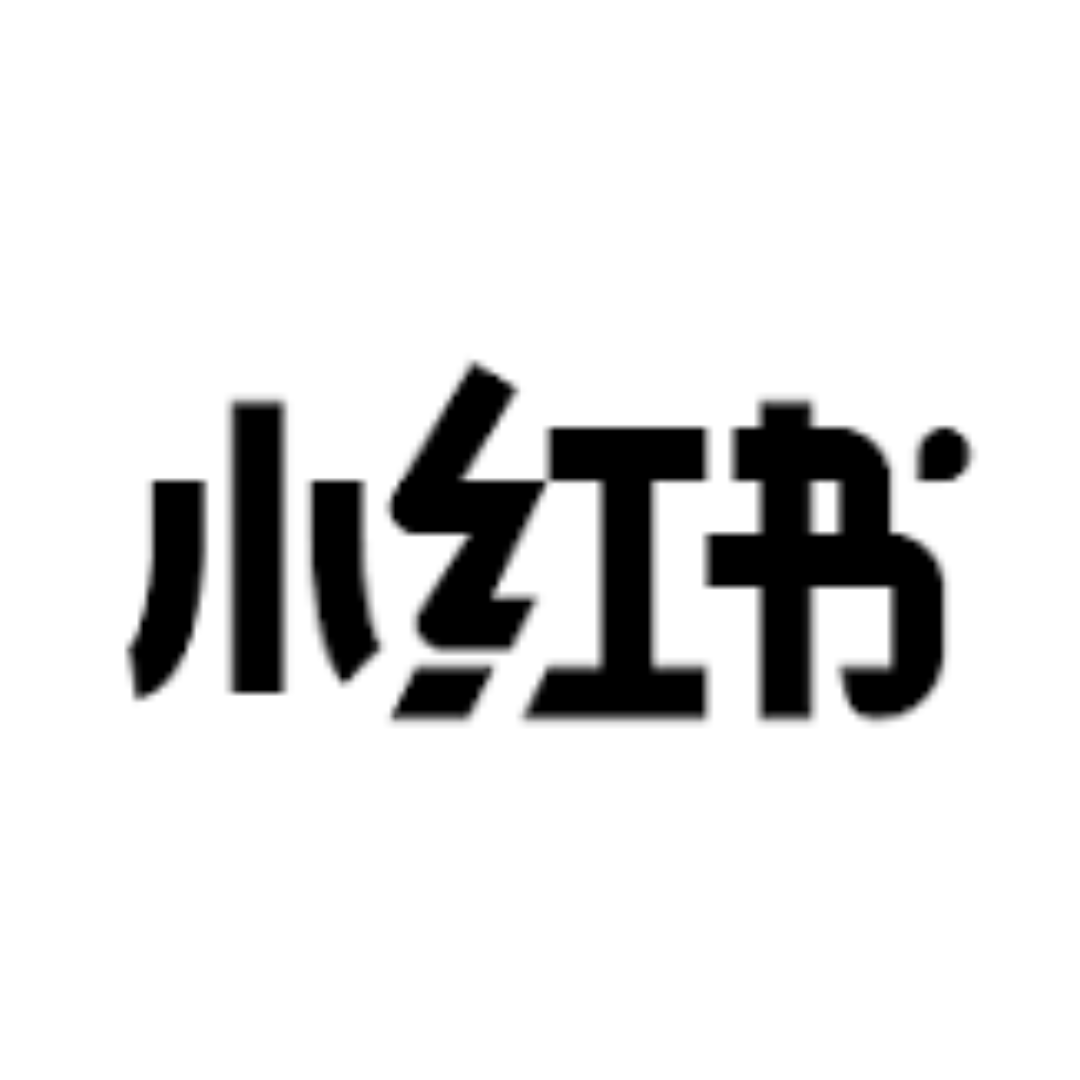When you think about investing in China, it might feel like you’re stepping into a maze of share classes and listing locations. Between A-shares, H-shares, and Red Chips, it’s easy to get lost.
But each type of share offers different access, characteristics, and opportunities — and understanding these differences can help you choose the China exposure that truly fits your strategy.
What are A-shares?
A-shares refer to stocks of mainland Chinese companies that are traded on the Shanghai and Shenzhen stock exchanges in RMB (Chinese yuan).
Historically, these were only available to domestic investors, but today, programs like Stock Connect and Qualified Foreign Institutional Investor (QFII) have opened access to international investors.
Key traits of A-shares:
- Represent China’s core domestic companies
- Denominated and traded in RMB
- More reflective of China’s onshore economic sentiment
- Relatively more resilient to external risks (e.g., tariffs)
- Less tech-heavy compared to offshore indices.
- Examples: Ping An Insurance, Kweichow Moutai, BYD, ICBC
What are H-shares?
H-shares are shares of mainland Chinese companies listed on the Hong Kong Stock Exchange (HKEX).
These shares are traded in Hong Kong dollars (HKD) and are open to all international investors without restrictions.
Key traits of H-shares:
- Easier for global investors to access
- Usually trade at a discount to A-shares (known as the “A-H premium”)
- Provide exposure to the same company but through an offshore listing
- Examples: China Construction Bank (H-share), PetroChina (H-share)
What are Red Chips?
Red Chips refer to companies incorporated outside mainland China (often in Hong Kong, Cayman Island, etc) but is listed on HKEX.
Red chips derive a significant portion of revenue (>55%) from mainland China and are mainly controlled by mainland Chinese state entities These companies have at least 30% of their shareholdings held by state-owned organizations or provincial/municipal governments in China.
Key traits of Red Chips:
- Have significant operations in China but are structured offshore
- Often seen as a bridge between China’s domestic and international markets
- Typically more flexible in governance and financial disclosure
- Examples: Lenovo, Semiconductor Manufacturing International Corporation (SMIC), China Mobile, China Resources Beer, Mengniu Dairy
A-shares, H-shares, and Red Chips are available on Phillip Nova 2.0.
Which exposure fits you?
- For long-term investors wanting pure onshore growth
A-shares could be the right choice for investors looking for exposure to mainland China’s domestic consumption and policy-driven sectors. Revenue for A-shares are mainly generated domestically, and they are thus more resilient to external risks.
- For investors wanting liquidity and easier access to high-growth companies
H-shares might suit you better. Easier to buy and sell for international investors, they also allow you to avoid RMB currency exposure directly. Some of the biggest Chinese companies like Tencent and Alibaba are H-shares.
- For those wanting exposure to State-owned Enterprises (SOEs)
Red chips are a good choice, as ownership is typically majorly held by Chinese state entities.
How does the China A50 Index fit in?
The FTSE China A50 Index focuses on A-shares — specifically the 50 largest and most liquid companies on the mainland.
By investing in instruments like the UOBAM FTSE China A50 Index ETF (JK8) 或者 新交所富时中国 A50 指数期货, you’re tapping into pure onshore growth, directly aligned with China’s domestic market drivers.
Diversify your portfolio with UOBAM FTSE China A50 Index ETF (SGX: JK8) 或者 SGX FTSE China A50 Index Futures (SGX: CN) and stand to win a trip to China! Click to find out more.










